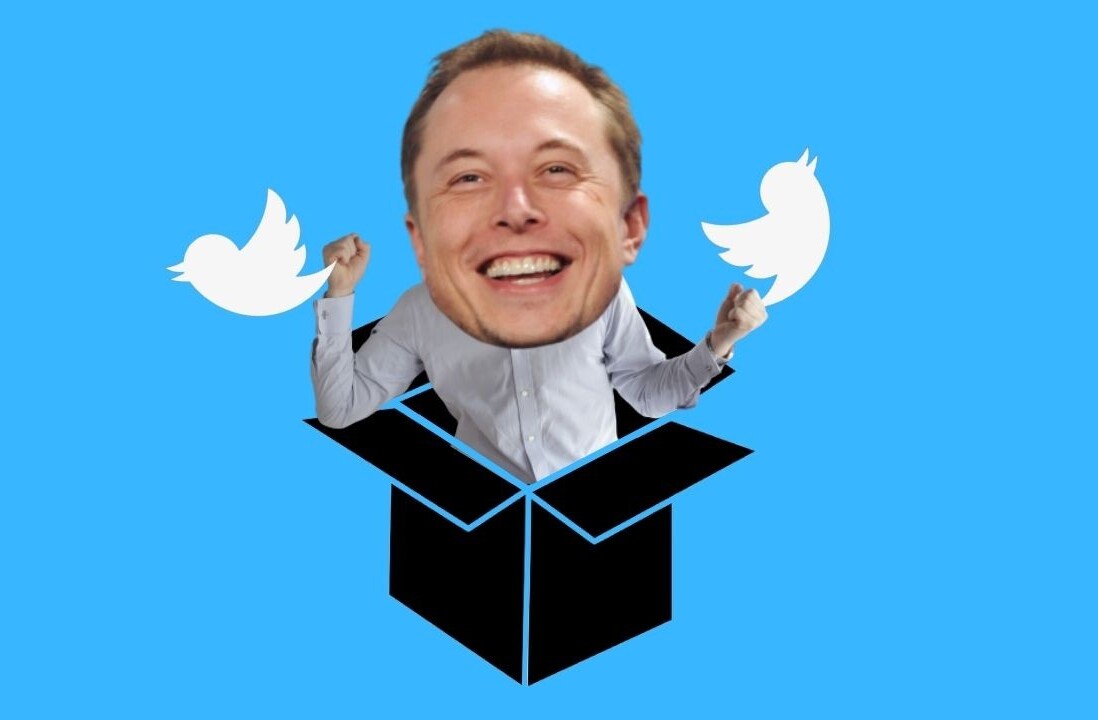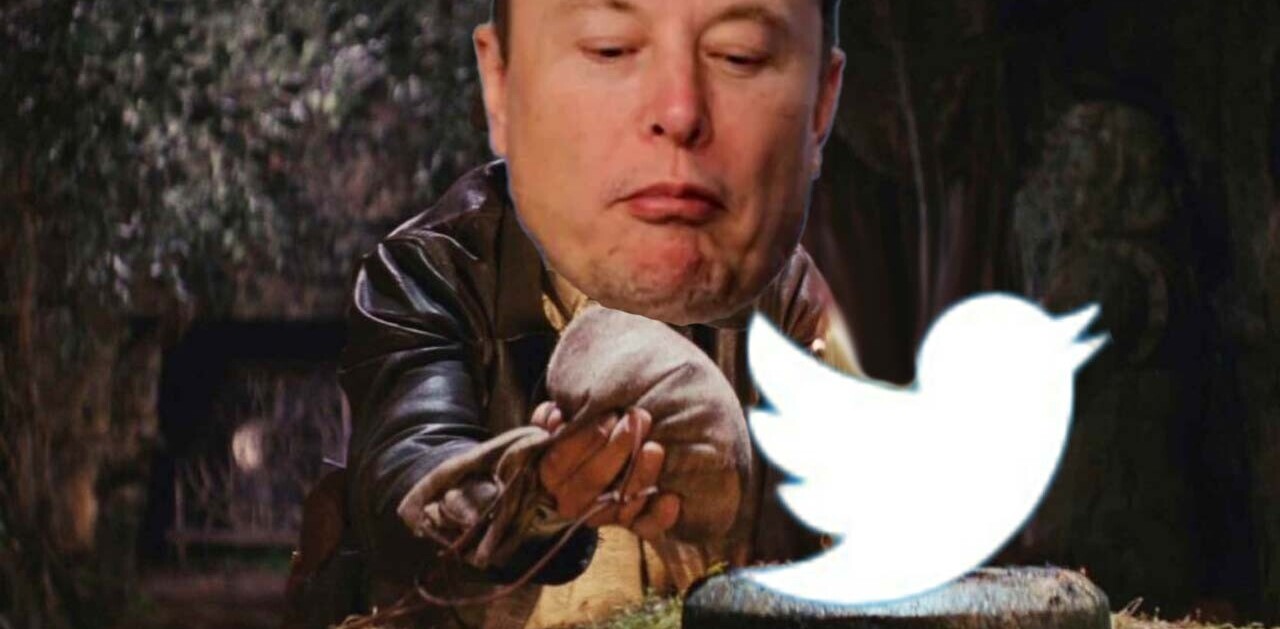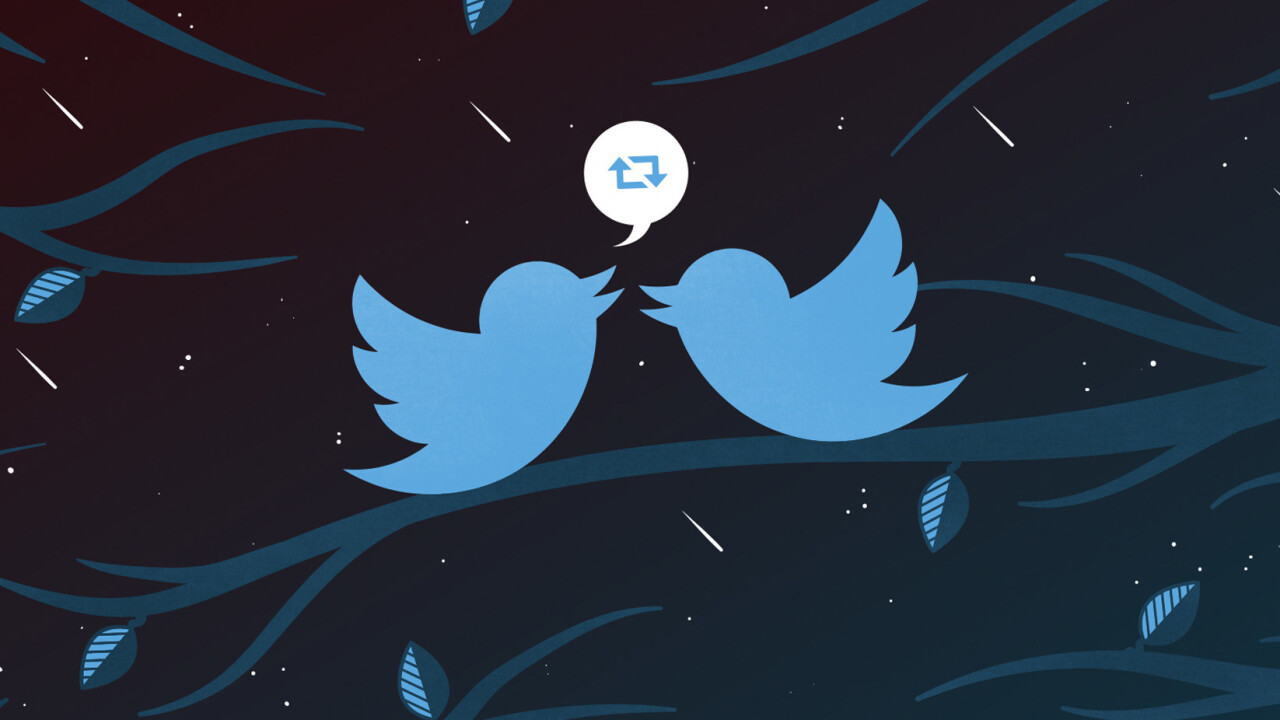
I love Twitter. I’ve been using it for the better part of eight years, submitting over 86,000 140-character thoughts to the service over that time, which is scary to think about.
I was one of the lucky ones. Having signed up early, I gradually built a small, but fun network of people to talk with on the service. Over the years I’ve made real-life friends, met future roommates, found a job and even a date on Twitter.
As Twitter grew to 320 million users, it’s become harder to find interesting people to follow. It’s almost impossible to find anyone interesting on the service because it doesn’t push you in any meaningful direction.
The first problem becomes apparent when you reach the step to choose a username — there’s almost nothing meaningful left. Twitter says it’ll clean up usernames on a rolling basis, but I’m not sure it ever has.
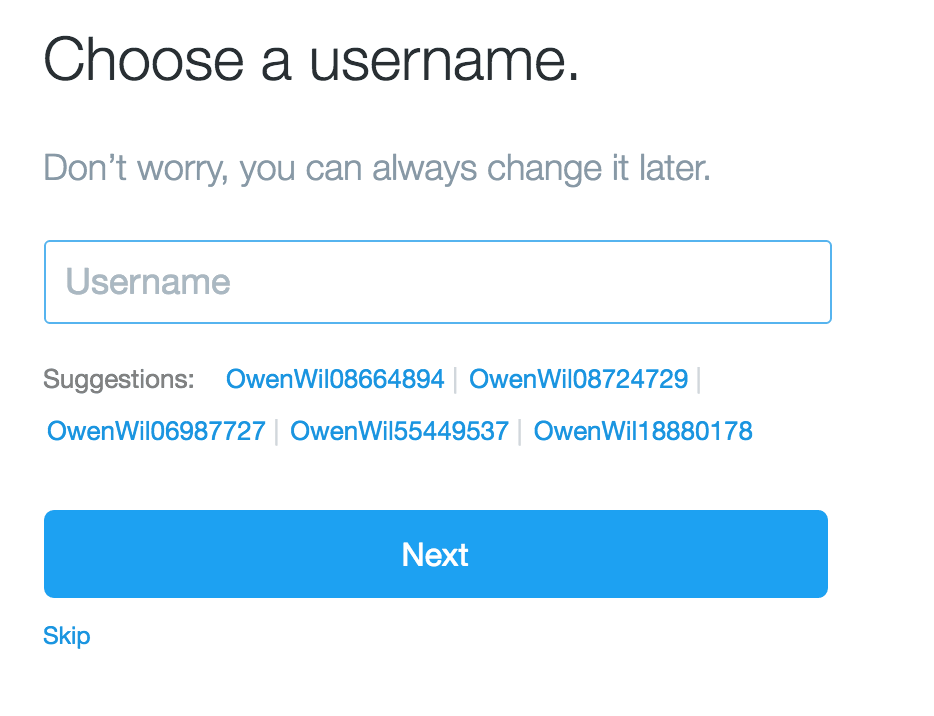
Once you’ve picked an — uh — memorable username, you’re thrown in the deep end! It’s time to figure out what you are interested in and what you might like to see on Twitter.
Here’s where the real trouble starts.
First, you’re told to pick a few topics you might be interested in, maybe ‘Popular Accounts,’ ‘Fashion’ and ‘Entertainment.’
Then you’re given an enormous list of people you might like to follow — in my testing, every single one of these recommendations is either a celebrity or media account.
Any account can trigger this onboarding experience by visiting this page to see what the recommendations look like, though I’ve noticed that it seems to tap into the same recommendations that you see on the right on the timeline for existing accounts.
The page appears to take location into account, but instead of recommending a scattering of smaller-but-interesting accounts, it only throws the kinds that will never engage back with you.
Now, to be fair at this stage Twitter doesn’t know anything about you yet except for the generic interests you checked. It’s working with almost no data on you, so can’t scrape much more than this together — but given that Twitter’s share buttons are embedded all over the Web and can track where you’ve visited, it couldn’t be that hard to guess.

With all the in-depth data Twitter has on its users, you’d think it would be trivial for the company to surface a few lesser-known accounts that engage with their followers, but as far as I can see it doesn’t even try to outside of showing you extremely popular accounts in your area.
As you might expect, the next step asks if you’re up for importing your email contacts to find your friends already on the service. I was pretty hesitant to do this — I’d much prefer to connect to Facebook or LinkedIn for this, given I don’t really email my friends — but I gave it permission to my Gmail for the sake of thoroughness.
The first time I did this I wasn’t even sure what had happened — I’m pretty sure I don’t know Khloe Kardashian or Kanye West.
The second time around, with a different email address was just as unsuccessful; the service was only recommending famous people and local news accounts. It’s possible this feature is broken, but it wasn’t clear why these recommendations were coming up.
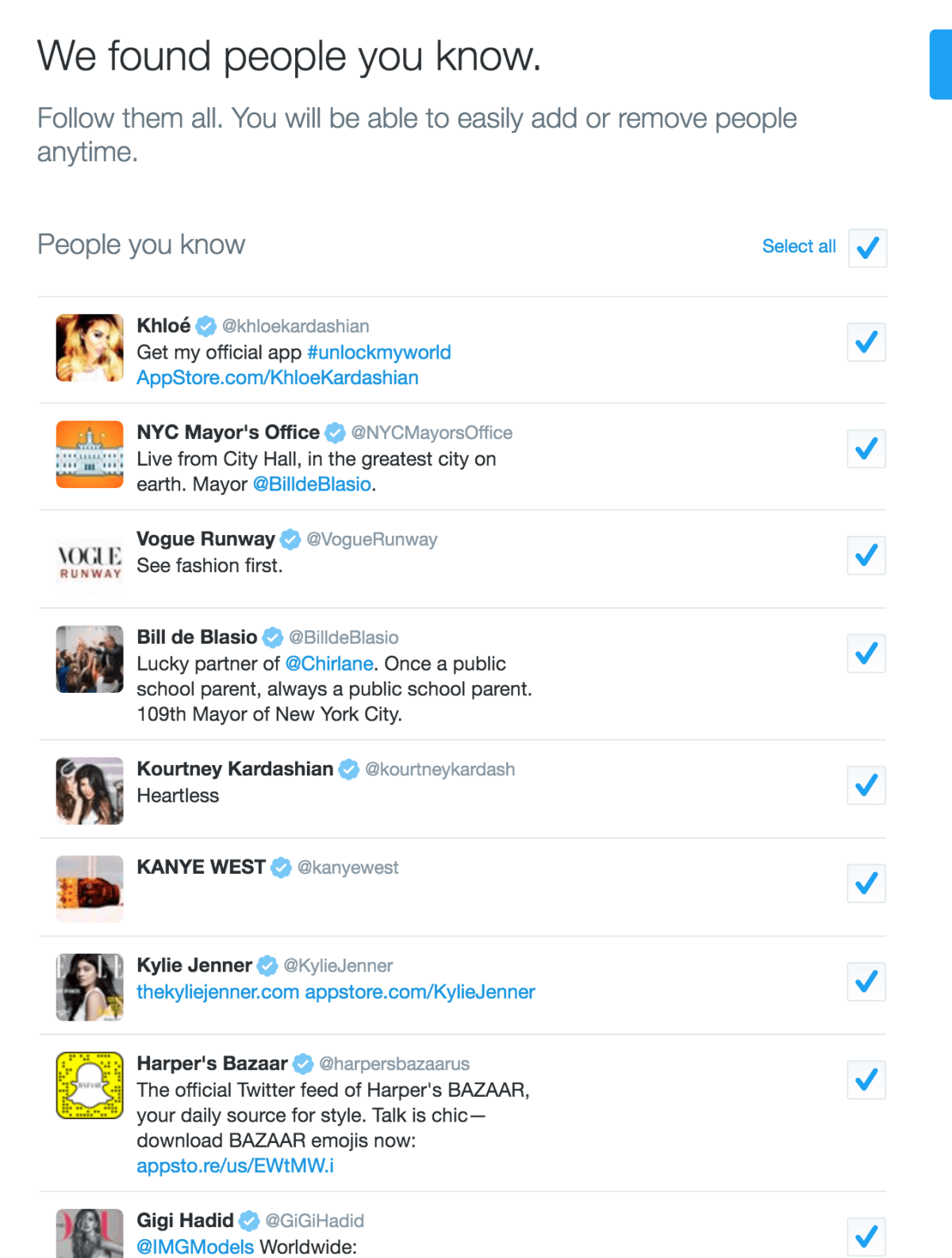
Giving up on that, from there you’re thrown head-first into what I can only describe as the worst starting point for using Twitter ever: by going through these default steps, I’m following 77 accounts in total.
 Almost all of those are verified celebrities, news organizations or government accounts. Twitter keeps trying to push recommendations immediately on your new timeline… and they’re all verified users.
Almost all of those are verified celebrities, news organizations or government accounts. Twitter keeps trying to push recommendations immediately on your new timeline… and they’re all verified users.
From here, my bet is your average user probably makes a tweet or two into the verified abyss and wonders where the value in Twitter really is.
It’s obvious how important celebrities are to Twitter’s internal goals through how it supports them and constantly pushes them in the direction of new users.
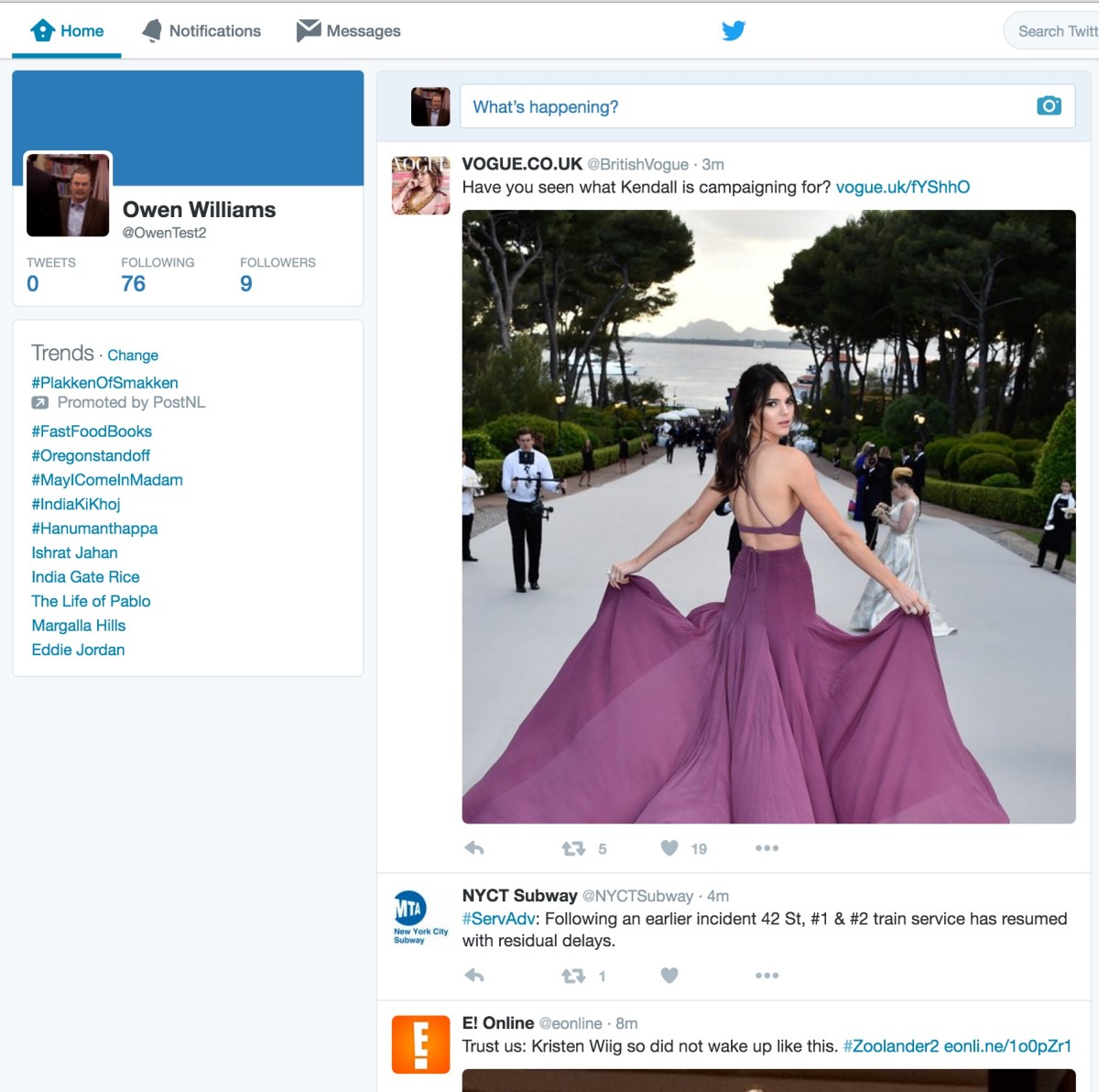
There’s nothing wrong with that — having notable people on your platform is an important way the company can attract people in the first place, but encouraging real human connection is key to keeping the average user around in the long term.
Would any user stick around long-term if they were just constantly hurling tweets at Taylor Swift with no response? Sure, I follow a few celebrities to keep up with what I’m interested in, but by the sheer majority I follow people with similar interests that actually want to engage, rather than just use the service as a megaphone.
Twitter’s value, at least for me, has always been about meeting like-minded people online, frequently blossoms into real-world friendships.

No other social network encourages or enables this quite as well as Twitter can — Facebook is for people you know, and Snapchat for fun pictures.
Unfortunately Twitter doesn’t set itself up this way for new users and doesn’t appear to understand this value. Out of the box, it sets itself up as a glorified RSS reader that lets you follow celebrities too.
I’ve heard this sentiment repeatedly from friends that aren’t involved in the technology industry. Most people can’t understand the value I constantly proclaim to them of “making friends” because they can’t actually find anyone in the first place.
I asked around, and one friend told me that, “I’ve tried to figure out what the point of it was – and I’ve still yet to find out what it would bring to my world” while another just said, “I got bored of it after about a week.”
I’m aware that no person’s friend group is representative of the larger population, however it’s interesting to hear that it’s just as unclear what Twitter is for.
Twitter’s key is that you can interact with people you don’t know and the friendship doesn’t have to be mutual. You can follow and engage with people, but they don’t have to follow you back to chat with you.
There’s no ‘friendship contract’ or wall to get over — you can just talk to anyone.
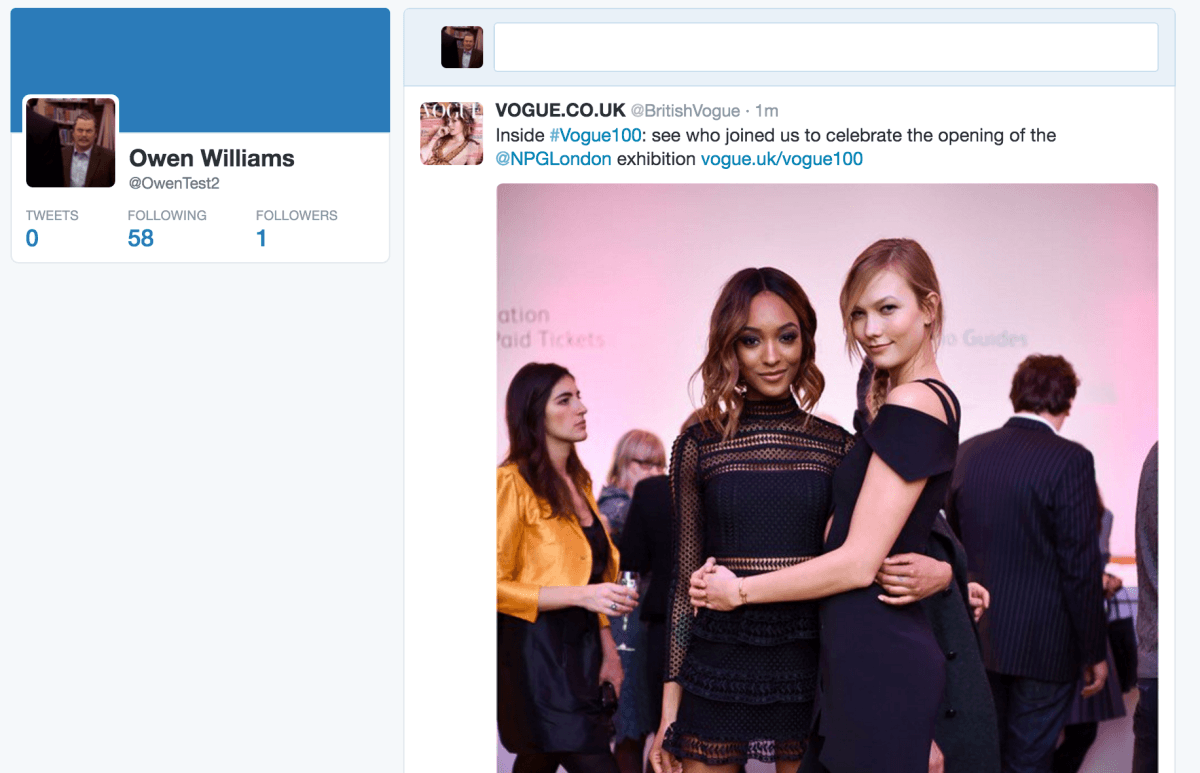
I’m not privy to Twitter’s metrics on how onboarding performs, but I have a hunch that it does convert new users well but there’s a steep drop off in activity afterward.
When I asked the company about its onboarding and why it steers users in this direction a spokesperson said, “Our current onboarding flow is designed to introduce people to Twitter and recommend accounts they might be interested in following.”
It continued, saying “We’ve spent time listening to people and we’re actively looking at ways to make this a better experience for those trying Twitter for the first time.”
The good news is this: it appears that Twitter is working on a major overhaul for its onboarding. A note in its shareholder letter last quarter said that the company is “going to improve onboarding flows to make sure you easily find both your contacts and your interests.” It can’t come soon enough.
When I wrote about Twitter’s old onboarding almost two years ago, the engineer who developed it actually commented saying that the team had “designed multiple better/more modern flows, but all performed worse than my original” and that it’s “much trickier than it looks to build a better flow, and it also hard to prove that it’s better due to bots/spammers.”
Twitter’s new timeline algorithm is a great step in the right direction for surfacing tweets that might interest you, but if you’re not finding interesting people it’s unlikely to help in the first place.
Building onboarding is hard, especially when you don’t know that much about the user, and as Twitter’s goals have shifted it’s clear the company is more focused on getting content in front of users first rather than ensuring they have an active network — it’s just a shame that’s at the expense of the human connection that made the social network so valuable in the first place.
Get the TNW newsletter
Get the most important tech news in your inbox each week.


